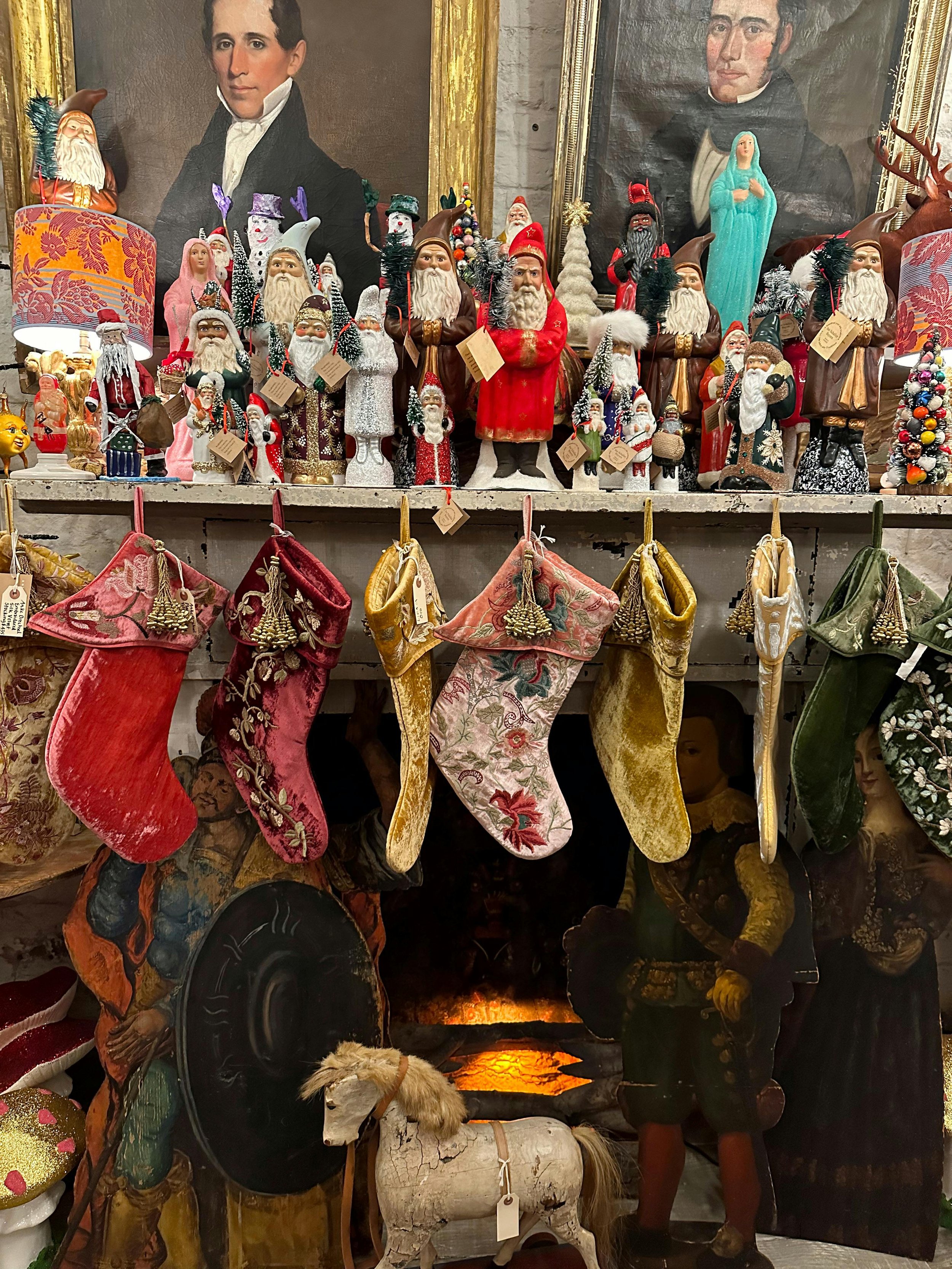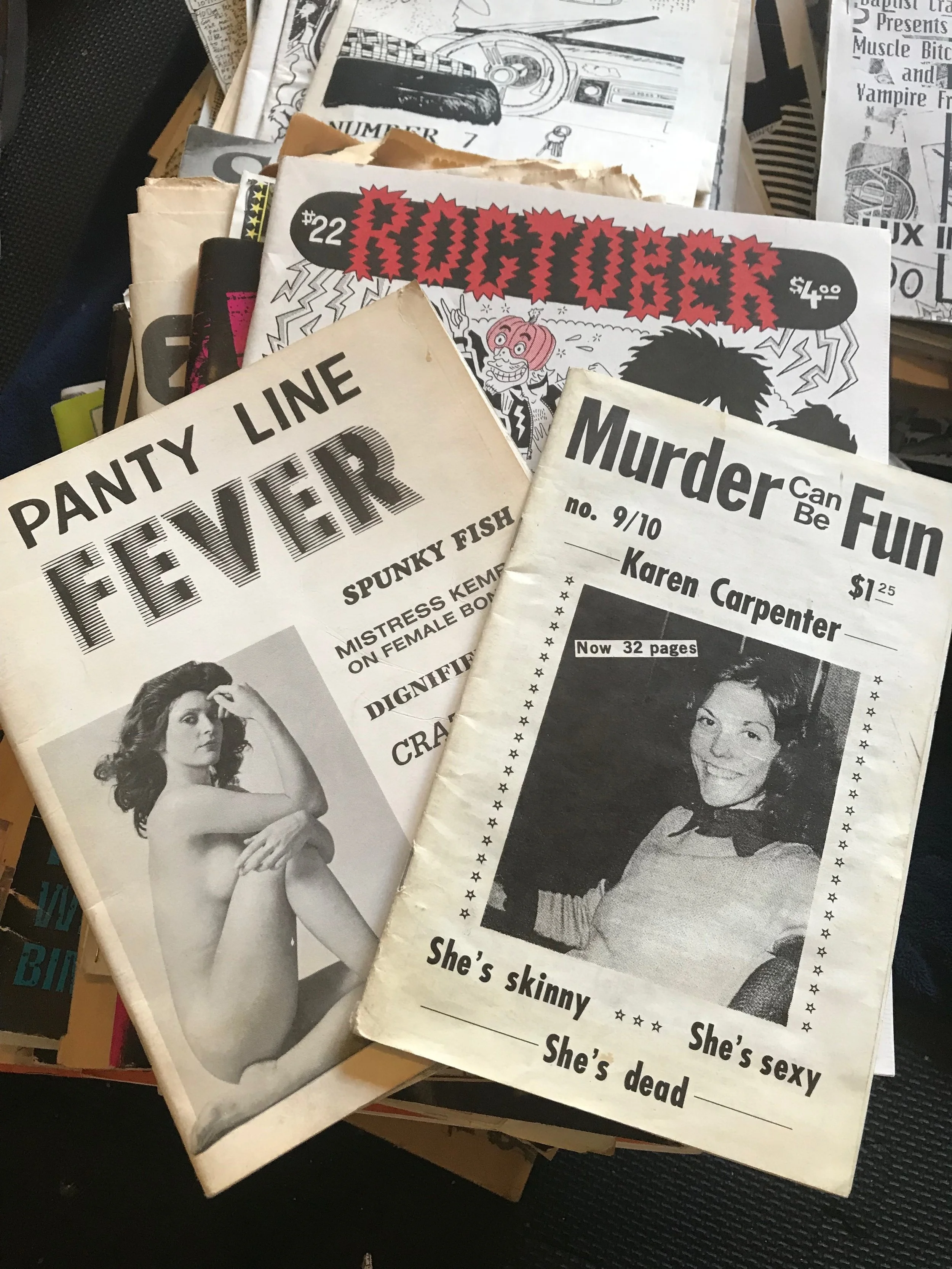In my book, Creating Family Archives: A Step-by-Step Guide for Saving Your Memories for Future Generations, I discuss the techniques that archivists use to protect historical materials from the ravages of time. I find that it's also helpful to discuss what can cause damage to your archival items. Many hazards are obvious, but others may surprise non-professionals.
Here are the major threats to papers, photographs, and other physical items:
Improper handling, either handling the documents roughly or by having them come into contact with the natural dirt and oils in your skin
Fluctuating or extreme temperatures
Fluctuating or extreme relative humidity levels, especially high humidity
High levels of or frequent exposure to light, especially ultraviolet rays.
Pollutants such as tobacco, fireplace, or cooking smoke; dirt and dust; urban air pollution
Proximity to highly-acidic documents that migrate like newspaper clippings
Harmful fasteners, like metal clips or rubber bands, and adhesives
Storage in folded, creased, or rolled conditions
Storage in acidic containers or adhesive albums, like magnetic photo albums
Storage or transport in positions that cause falling, bending, breakage, or pressing
Mold, mildew, rodents, insects, and animals in general
Lamination
Static electricity
Spillage of food, beverages, or other contaminants near documents
Natural disasters such as floods, fire, and leaks
Theft, vandalism, unwanted sale, dispersal, or disposal
Some documents are particularly susceptible to damage. Special risk materials include:
Newspaper clippings
Highly-acidic papers such as telegrams, and scrapbook and photo album pages
Charcoal, pastel, chalk, or heavily applied pencil drawings or writings
Scrapbooks, baby books, and other mixed-media albums
Rare published books
Photographs
Folded or rolled documents
Documents with fading ink
Ephemera, because they were created for short-term use
Tapes, discs, and other recording media
Digital items, especially if no backup systems exist
Have I scared you? Lists like this are what keep archivists up at night! If you are interested in learning quick, easy, and affordable ways to avoid these risks and protect your family legacy, Creating Family Archives: A Step-by-Step Guide for Saving Your Memories for Future Generations will provide the answers.
To learn the preservation secrets used by libraries, archives, and museums to protect their priceless materials (that you can also use for your family heritage items), read my book:
Ready to get started creating your family archives? Here are some of my favorite products:





























